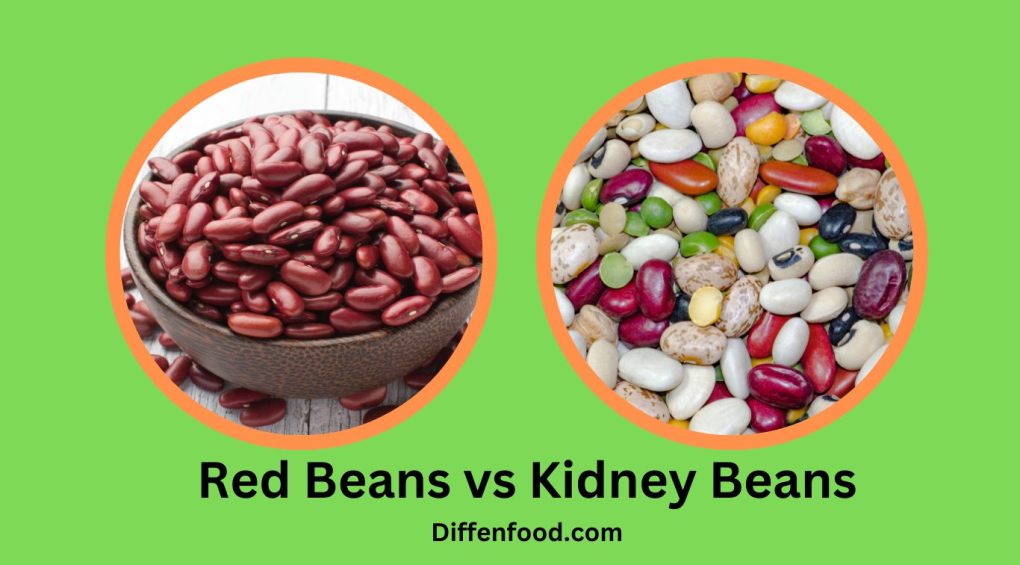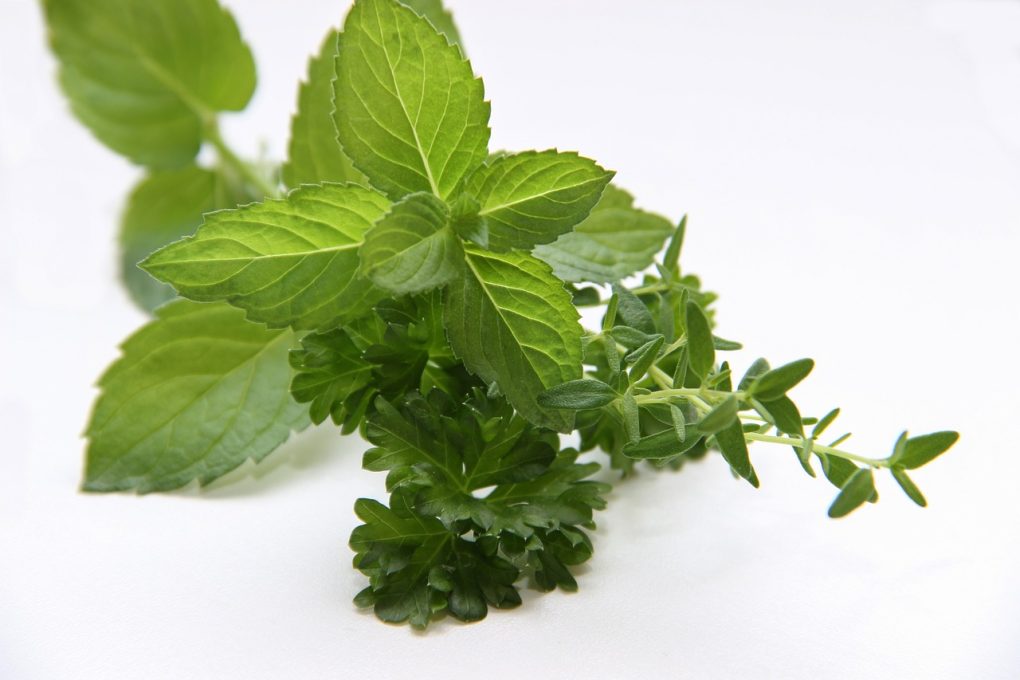
With numerous varieties of beans available on the market, it can be difficult to decide which one is the healthiest. Red beans and kidney beans are two of the most popular types, and both offer many health benefits. In this article, we’ll compare the nutritional values of red beans vs kidney beans to see which one is the better option.
Red Beans vs Kidney Beans: How To Tell

Shape and Color
Red beans, as the name suggests, refer to a variety of beans with a red color. On the other hand, kidney beans specifically belong to the Phaseolus vulgaris species and have a kidney shape. Kidney beans are available in different colors, including red, light red, and white.
Flavor and Texture
Red beans possess a mildly sweet and nutty flavor, making them versatile in a range of dishes. Their texture tends to be softer and creamier, allowing them to easily absorb flavors during cooking. In contrast, kidney beans offer a robust, hearty flavor that can stand out in various recipes. They have a firmer texture, making them suitable for dishes that require beans to hold their shape.
Culinary Uses
Red beans are commonly utilized in classic dishes such as red beans and rice, where their creamy texture and subtle flavor blend perfectly. They also work well in soups, stews, and vegetarian chili. On the other hand, kidney beans are a staple in chili con carne, salads, bean-based curries like rajma, and traditional dishes like Brazilian feijoada. The versatility of both beans allows for creativity in the kitchen.
Difference In Nutritional Value and Health Benefits

Nutritional Value of Red Beans
Red beans are a type of small, dark red-colored beans that have a mild, nutty flavor. They are an excellent source of dietary fiber, protein, folate, iron, and vitamin B6. Red beans are also rich in antioxidants, which can help protect your cells from free radical damage. Additionally, they have a low glycemic index, meaning they won’t cause your blood sugar levels to spike.
Nutritional Value of Kidney Beans
Kidney beans have a slightly sweet, nutty flavor and are an excellent source of dietary fiber, protein, and iron. They are also rich in folate, vitamin B6, and magnesium. Kidney beans are a good source of antioxidants, which can help prevent cell damage from free radicals. Additionally, they have a low glycemic index, making them a good choice for those with diabetes.
Health Benefits of Red Beans
Red beans are full of nutrients that can help promote overall health. They are high in dietary fiber, which can help keep your digestive system regular and can help lower cholesterol levels. The high levels of protein can help build and maintain muscle mass, while the antioxidants can help protect you from a range of diseases. Additionally, red beans are a great source of energy, making them an ideal choice for athletes and active individuals.
Health Benefits of Kidney Beans
Kidney beans are also a great source of nutrients that can promote good health. They are loaded with dietary fiber, which can help keep your digestive system regular and can help reduce your risk of heart disease. The high levels of protein can help support muscle growth and maintenance, while the antioxidants can help protect your cells from free radical damage. Furthermore, kidney beans are a great source of energy, making them a great choice for athletes and active individuals.
Benefits of Eating Red Beans and Kidney Beans
Both red beans and kidney beans offer a range of health benefits. Eating either type of bean can help reduce your risk of heart disease, support muscle growth and maintenance, and provide you with a boost of energy. Additionally, both types are an excellent source of dietary fiber, which can help keep your digestive system regular and can even help lower cholesterol levels.
Potential Risks of Eating Red Beans and Kidney Beans
Eating red beans and kidney beans can also have some potential risks. Kidney beans contain a compound called phytohemagglutinin, which can be toxic if eaten in large amounts. Eating too many red beans can also cause digestive disturbances, such as gas and bloating. Additionally, both types of beans contain compounds that can interfere with the absorption of certain medications, so it’s important to speak to your doctor before eating either type of bean.
Conclusion
When it comes to red beans vs kidney beans, both offer many health benefits. Both types are a great source of dietary fiber, protein, folate, iron, and vitamin B6, and both are a good source of antioxidants. The main difference between the two is that kidney beans are higher in magnesium and red beans are higher in vitamin B6. Eating either type can help reduce your risk of heart disease, support muscle growth and maintenance, and provide you with a boost of energy. However, it’s important to speak to your doctor before eating either type of bean, as they can interfere with the absorption of certain medications.





